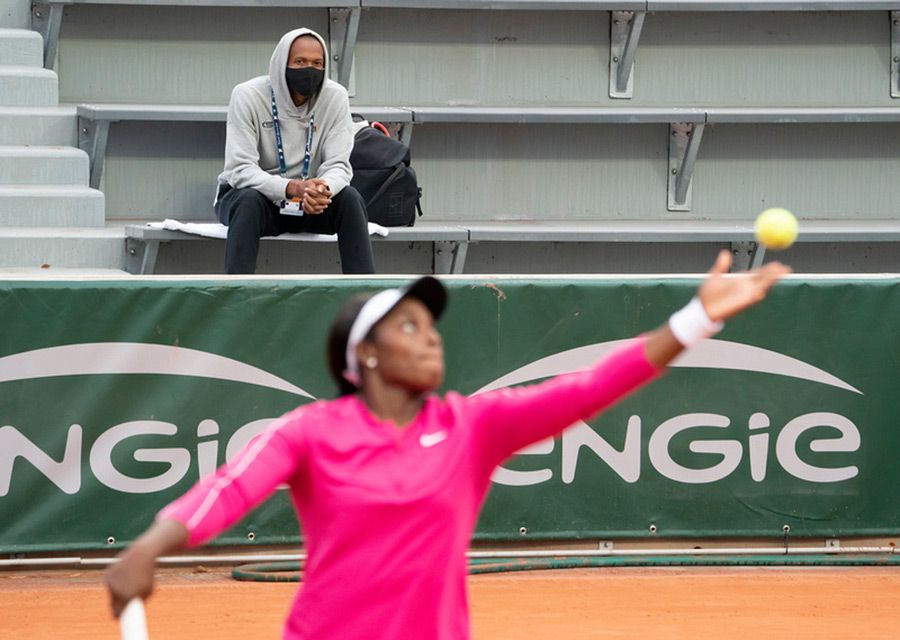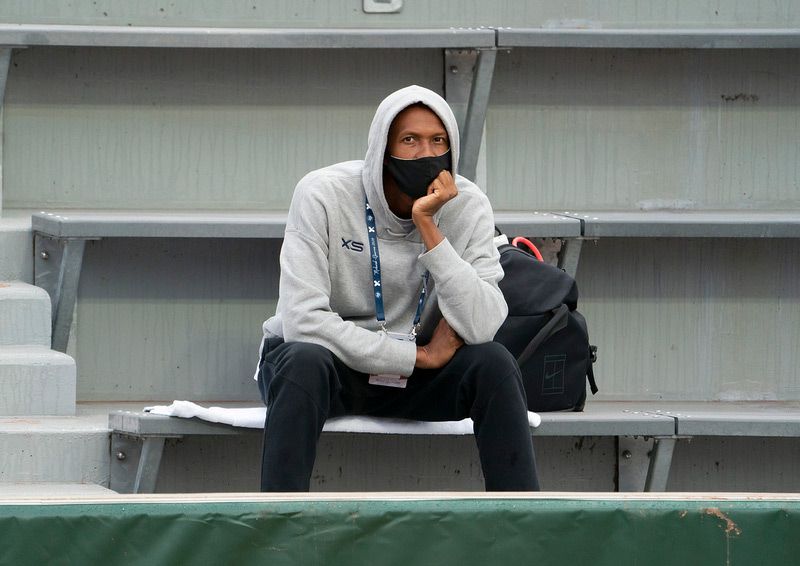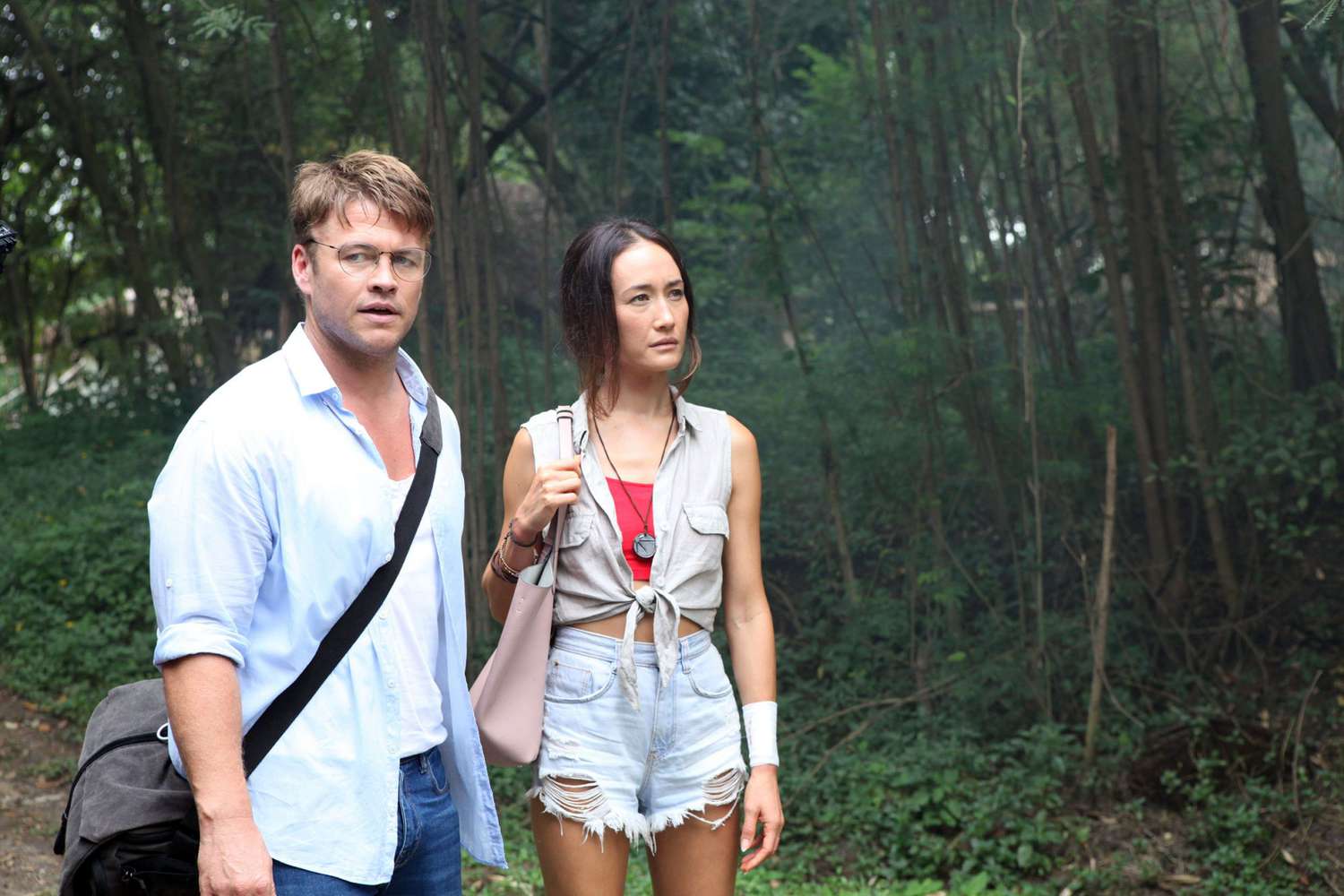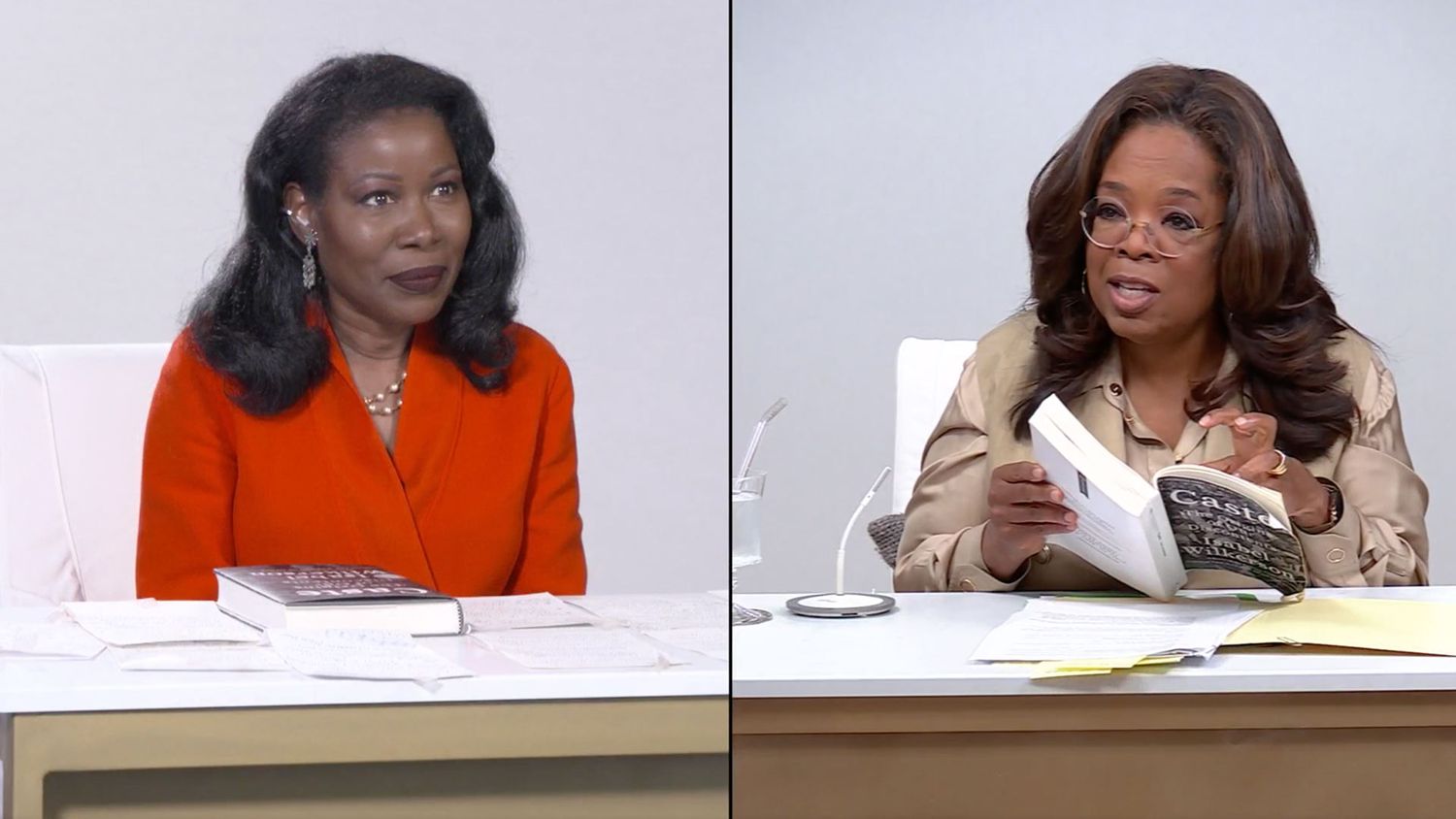Sloane Stephens' Coach on 'Creative' Ways They Kept Up Her Training Regimen amid Pandemic
Sloane Stephens had to think outside of the box when it came to staying competition-ready throughout the coronavirus pandemic.
The American player, who competed in both the U.S. Open and the French Open this year, had to “be creative” when it came to her fitness routine, her coach Kamau Murray tells PEOPLE.
During the three-month shutdown, when tennis courts around the country were also closed, Stephens “created a home gym and worked out every day,” says the Tennis Channel contributor.
“Of course we couldn’t see each other so we were forced to use FaceTime to do check-ins and watch hitting sessions she had with other players,” he adds, noting that while “impressive,” the training experience wasn’t the same.
“There are soo many cause and effect relationships that take place with every shot, and it is impossible to do it at a world-class level over FaceTime,” he explains.
Although the pandemic made getting on the court difficult, there was still plenty to work on.
“Most of the work is done off the court at the pro level,” Murray explains. “Physical and mental fitness are 90 percent of the job and both can be worked while tennis clubs are shuttered.”
The break from competitive tennis also allowed players to “spend time with their families, work on their brands, and work on improving specific parts of their games that cannot be worked on from week to week while traveling from tournament to tournament.”
Murray also says he feels “encouraged” about Stephens' performances as of late, despite a number of difficult matches.
“We had a few tough draws,” he notes, specifically mentioning her U.S. Open match-up against Serena Williams, which she lost in three sets. Despite a dominant performance in the first round of the French Open, Stephens lost in the second round on Thursday.
“The best thing about this sport is that every week is a new opportunity,” adds Murray.
As for what fans can expect from this year’s French Open, Murray says that while there will be “smaller crowds,” that may work to the advantage of younger players “who are used to playing smaller events and not accustomed to using the crowd in key moments.”
“We saw that in the U.S. Open in the early rounds,” he adds, noting that as players have gotten to play more matches this year, he believes “there will be fewer upsets” and expects that top-rated seeds will be able “to hold [on] longer than they have in the past four events.”
Tennis Channel’s live, main-draw television coverage runs through the women’s doubles final on championship Sunday, Oct. 11. Along the way the network will show the men’s and women’s singles and doubles semifinals. Tennis Channel will show same-day encores of the men’s and women’s singles and doubles finals again in 2020.
Source: Read Full Article





